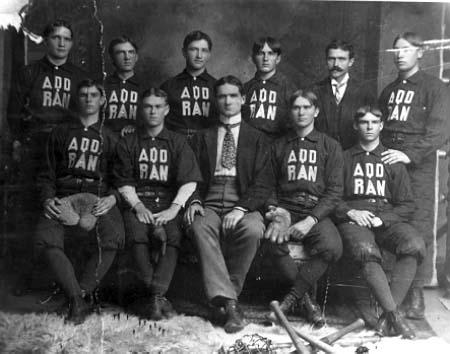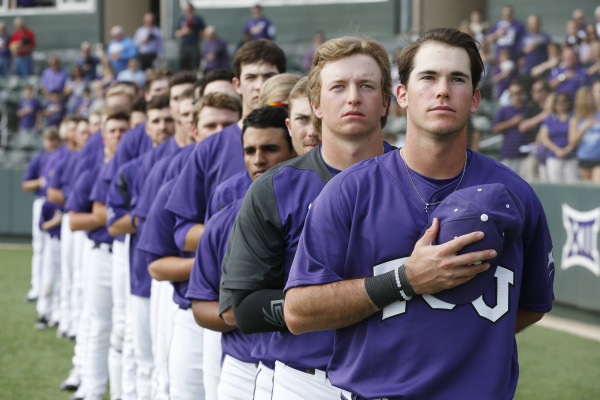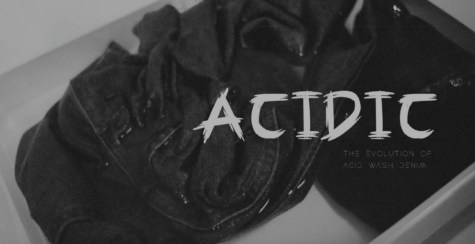IMAGE: From the TCU Diamond to Lupton Stadium
Published May 9, 2016
As TCU baseball players step foot into their newly renovated $7.5 million facilities, it seems impossible that this same program was nearly dropped from the athletic department in 2000.
Before TCU baseball called the Charlie and Marie Lupton Stadium home, the baseball facilities, or “TCU Diamond” were located next to Amon G. Carter Stadium in what was formerly known as the Daniel-Meyer Coliseum.
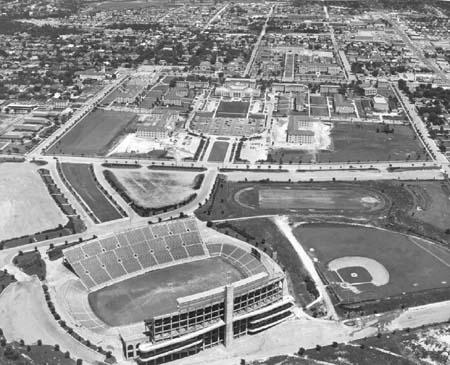
The field consisted of a couple of bleachers, a small press box and restrooms and concessions that were located inside the coliseum. Not to mention the baseball locker room was located in the visiting team’s locker room.
Chuck LaMendola, play-by-play commentator and voice of the Frogs for the past 20 years, said “I wouldn’t classify it as a good high school field.”
The TCU Diamond had bleacher seating accommodating up to 1,500 fans and hosted 1,480 TCU baseball games over 41 years, according to TCU baseball records.
Today, this area is now the location of the Sam Baugh Indoor Practice Facility, Morris Practice Fields and the Bob Lilly Physical Performance Center.
TCU has had a baseball team since before the university moved to Fort Worth in 1896. In 1923, the team became a part of the Southwest Conference (SWC).
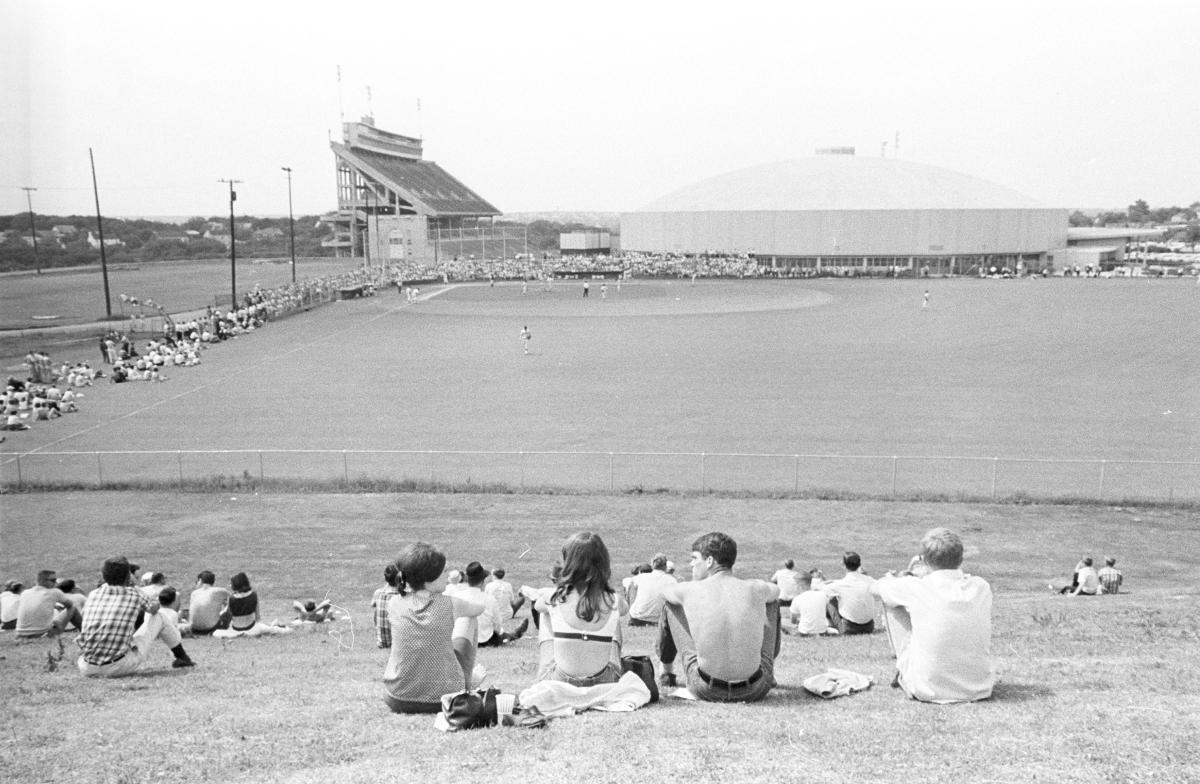
As Athletic Director Chris Del Conte puts it, the 1930’s through the 1950’s were the glory days of TCU sports.
“We were a power in all sports and competing at the highest levels during that time,” Del Conte said. “But, I think starting in the 1960s we had some time in athletics where we were really not as successful.”
For the baseball program, the most notable years were 1956, 1966, 1967 and 1994 when the team won the Southwest Conference titles. Some of the past head coaches included: Dutch Meyer, Frank Windegger, Garry Williams and Lance Brown. All of whom, current head coach Jim Schlossnagle said contributed to what the program is today.
However, before the baseball team became a success story, the team struggled in the late 90’s to provide adequate funding and facilities.
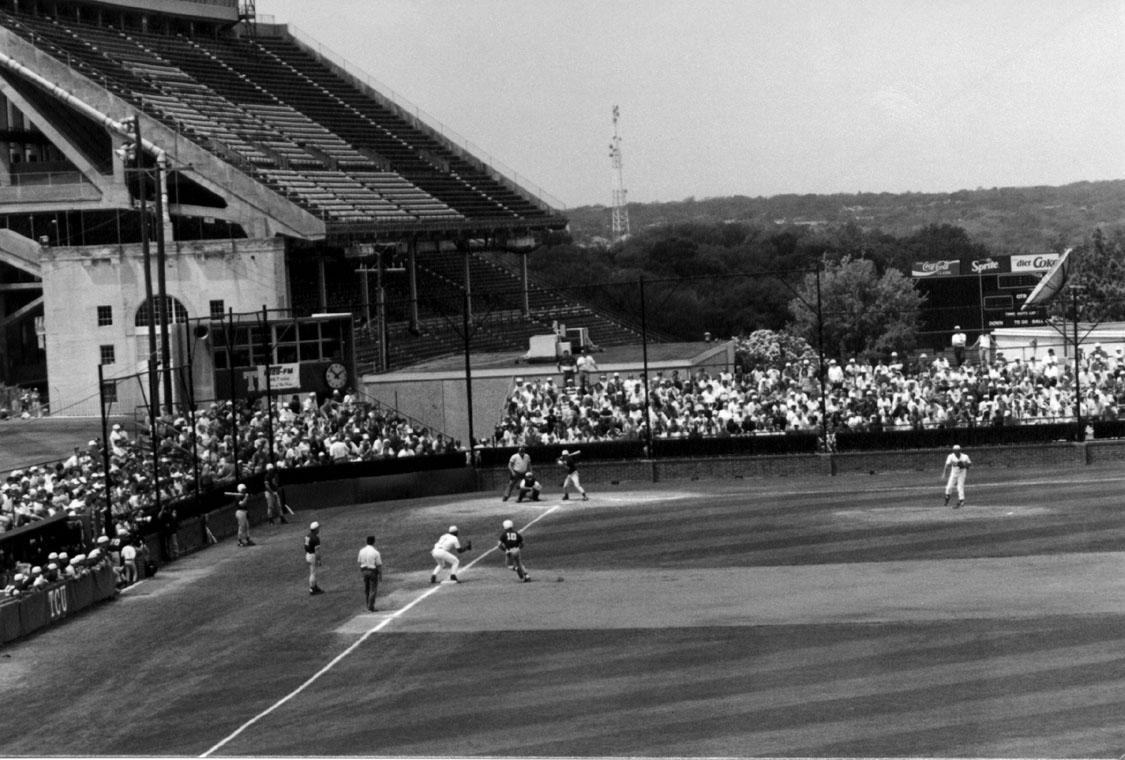
Their troubles started when the Southwest Conference dissolved in 1996 and the athletic department needed to cut costs with sports that were not breaking even, which included the baseball program.
LaMendola said 1990’s college baseball was very different than what it is today. It wasn’t to the same profile and lacked the commitment, he said.
“The economics began to change when ESPN started broadcasting the College World Series and money started to come towards those programs,” LaMendola said.
LaMendola said Eric Hyman, former athletic director during baseball’s time of trial, told baseball alums, the program will only continue if they could raise the money to build the stadium.
Hyman could not be reached for comment and Frank Windegger, former TCU athlete, baseball coach and athletic director, did not want to comment due to “getting involved with politics.”
“It was either going to be a full-fledged commitment or get rid of the program,” LaMendola said.
Within about 90 days, the baseball alumni committee raised the funding needed to build the stadium. The athletic department then realized they needed to change their commitment to the baseball program.
The biggest question for the program after the conference split up lied in its identity, Del Conte said.
“The rumors were should we have baseball, or should we be the basketball Duke of the south,” Del Conte said. “We were just trying to figure out what our identity is. When you’re not wanted, it’s similar to not being picked by the right sorority; you walk by that sorority on bid day going ‘why not me.’”
The budgets, the sub-par facilities and lacking commitment to win across the board were some of the many reasons why TCU wasn’t allowed in the league.
However, Schlossnagle said it was a blessing. It forced the administration, donor base and the fans to elevate things, including baseball program.
For the next two decades, TCU made stops in three different conferences: the Western Athletic Conference, Mountain West Conference and Conference USA. During this time of instability, head coach Lance Brown led the team to a school record of 517 wins and retired after the 2003 season.
“Lance was winning more games than losing with this terrible facility and very little commitment from the administration,” LaMendola said. “Lance was quickly coming to a competitive disadvantage because how are you going to recruit an athlete away from Rice or Baylor if we are playing in this little tiny band box.”
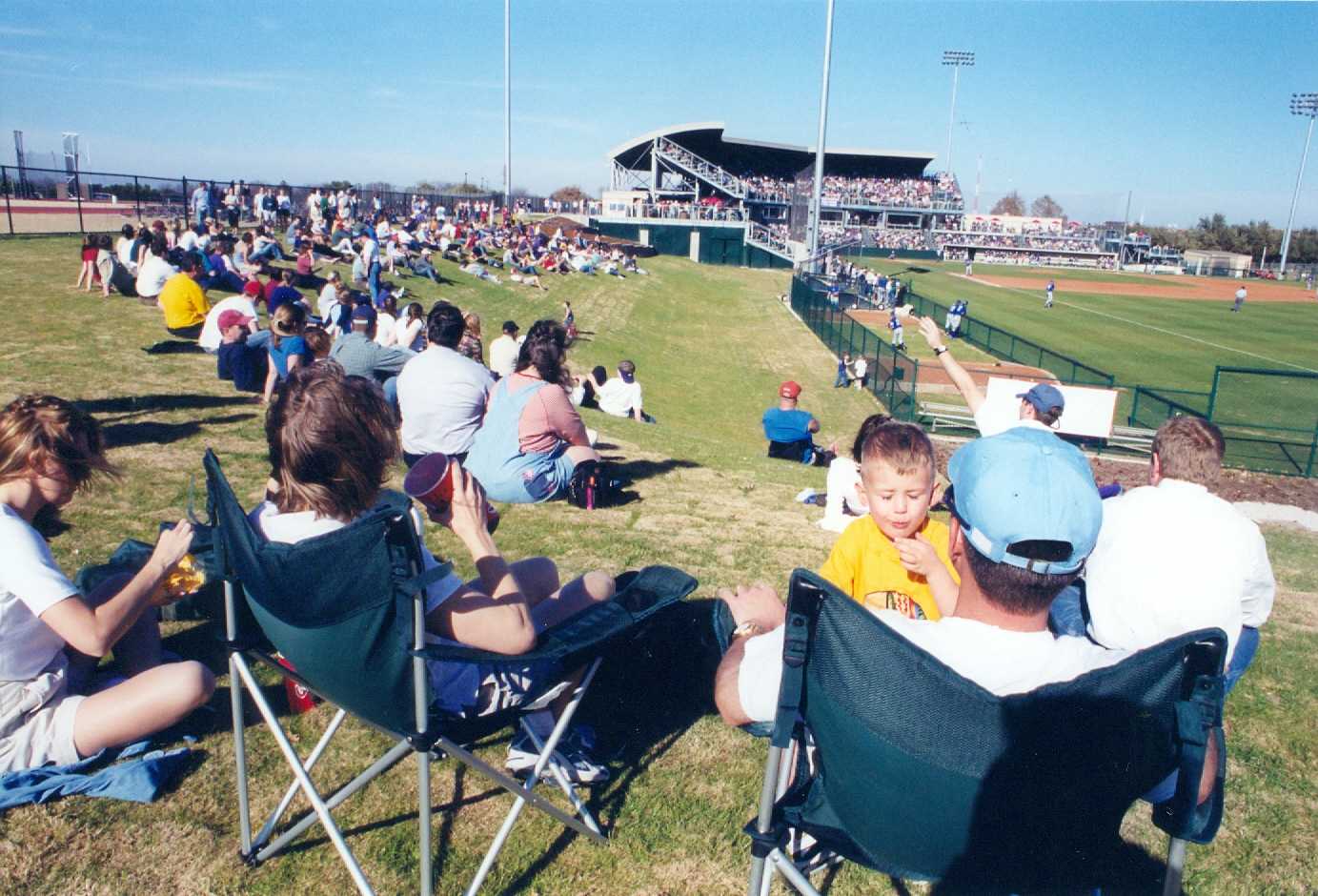
Lupton Stadium opened in 2003, replacing the TCU Diamond which was the Frogs’ home since 1962. The original $7 million stadium is a two-tiered complex with suites, offices, radio booths, press box, ticket office and home and visiting team locker rooms.
When TCU was a part of Conference USA, the athletic department hired Schlossnagle, previous head coach for the University of Nevada, Las Vegas, to be the head coach for the 2004 season.
“I toured the new baseball stadium like a fan and no one knew who I was,” Schlossnagle said. “Six months later, I was the coach.”
Since then, the program has made many appearances in the NCAA Baseball Tournament and three appearances in the College World Series since 2010.
“You give the coaches all the tools they need to be successful,” Del Conte said. “This includes facilities, the right coaching staff and financial resources. Then you say ‘you have everything you need, if you are not successful I will go find someone else that is because there is no longer an excuse.’”
Schlossnagle said it’s a great opportunity that the program’s success has equaled the administration’s commitment.
“As we have done well every single summer or fall we have done something new to the stadium,” Schlossnagle said.
Some of these improvements included a $1 million project that expanded upper deck seating and shaded the party patios in 2010. In 2014, the construction continued by adding a $3.5 million indoor practice facility said Ross Bailey, associate director of athletics for operations.
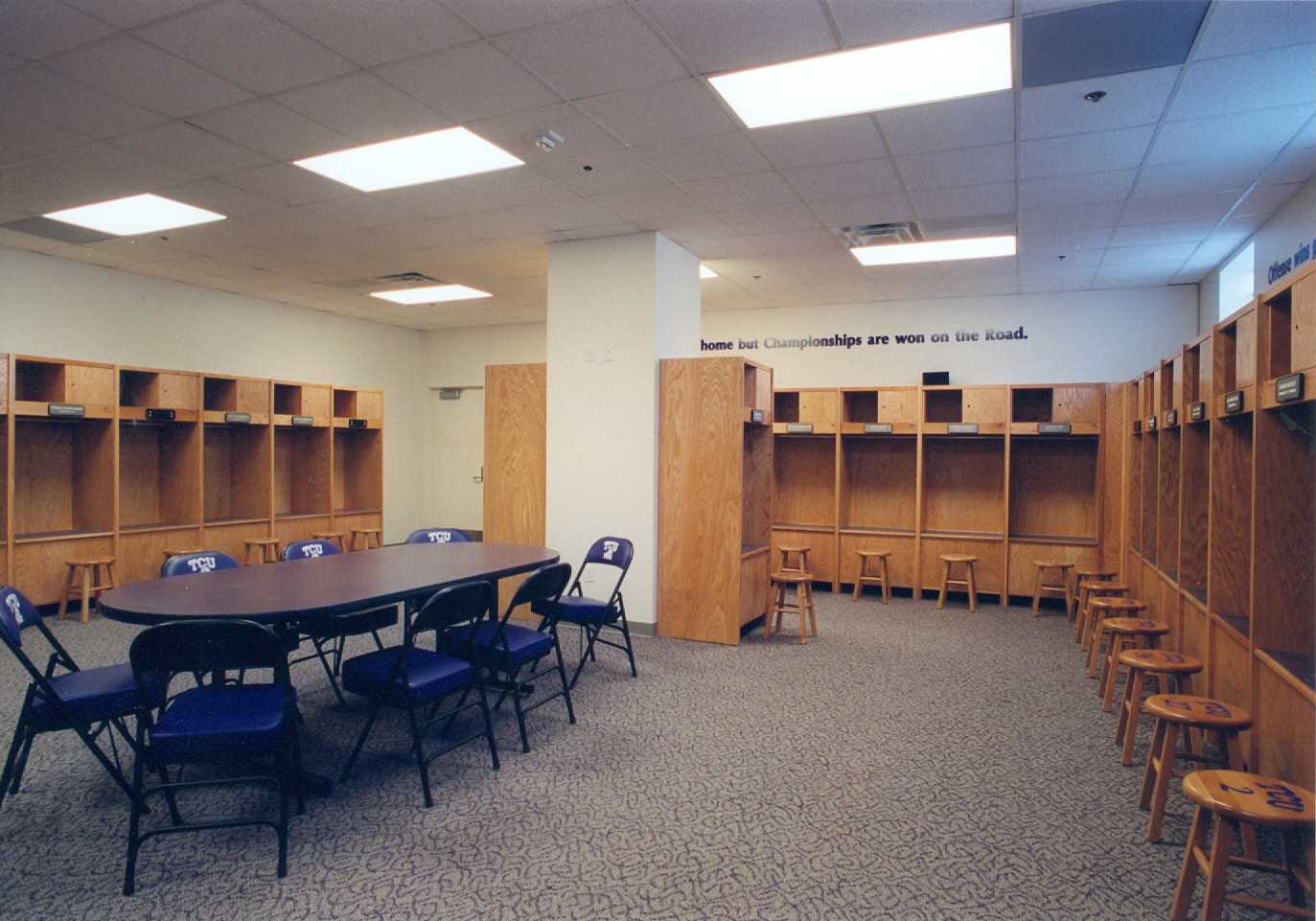
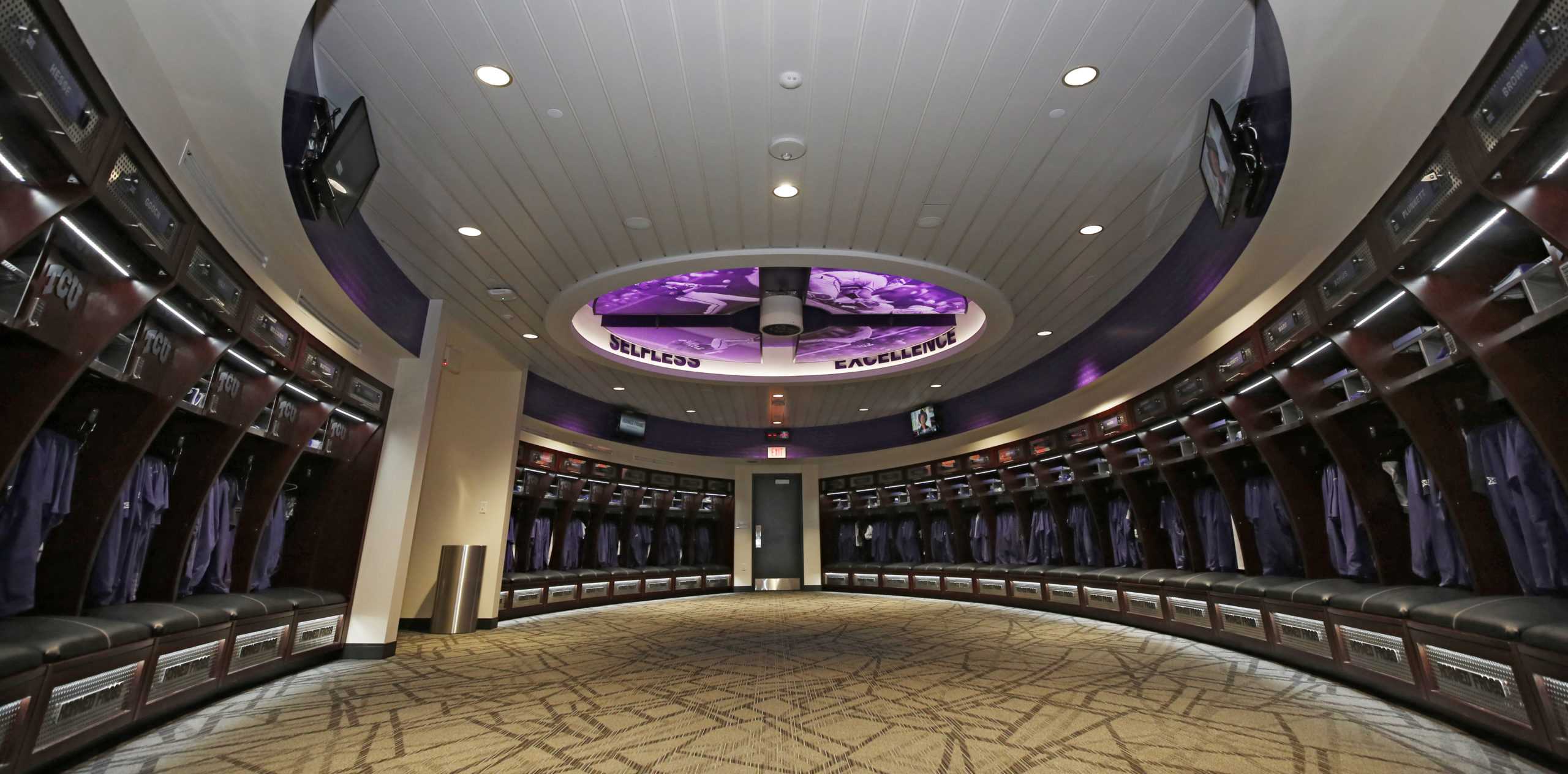
The most recent additions include a new locker room, classroom, team lounge, sports medicine center, equipment room and coach’s office.
The next addition is to add a third tier of seating. The crowds have outgrown the stadium seating, Schlossnagle said.
The baseball team’s recent success has helped provide additional funding for updates to the stadium. In terms of recruiting, Schlossnagle said to TCU360 that he expects the renovations will help with recruiting.
Even former TCU baseball player and current Cincinnati Reds relief pitcher Brandon Finnegan said that the baseball facilities at TCU are some of the best in terms of club houses. He later added that he is bummed he didn’t get to experience the new locker room.
“Honestly, it’s as nice as any big league clubhouse I’ve ever seen,” Finnegan said. “They have their own kitchen, ping pong table, reclining seats and TVs.”
Despite all the new modern amenities added to the stadium, the only remaining pieces of the TCU Diamond are the foul poles which were installed when the new stadium was under construction.
Del Conte told TCU360 in a recent article that the athletes’ experience in the baseball program will be enhanced thanks to donations of TCU benefactors.
“This is not about ‘keeping up with the Joneses,’” Del Conte says. “It’s about making it to the final weekend of the College World Series.
